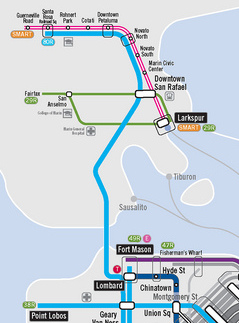 The fantasy transit map of the Bay Area I brought up on Wednesday had me thinking a fair amount about Marin's transit options. Though we are typically the odd county out when it comes to fantasy transit improvements – though Napa certainly gets the short end of this particular map’s stick – Brian Stokle’s map adds two thoughtful improvements to the county’s transit system, and I think we’d do well to explore them, as well as a third.
The fantasy transit map of the Bay Area I brought up on Wednesday had me thinking a fair amount about Marin's transit options. Though we are typically the odd county out when it comes to fantasy transit improvements – though Napa certainly gets the short end of this particular map’s stick – Brian Stokle’s map adds two thoughtful improvements to the county’s transit system, and I think we’d do well to explore them, as well as a third.
I should mention that I appreciate the value of bus-only lanes to a degree, but in suburban settings it is sometimes better to mix them with three-person carpools as well. In Northern Virginia, the casual carpool system functions as another transit system, vastly improving the efficiency of private cars and, therefore, the existing car-based infrastructure. Mixing buses and cars isn’t always the best idea, but I think for Marin it makes perfect sense, both for political and practical reasons.
The 29R Rapid Bus
The 29R rapid bus line runs in a kind of loop between Fairfax, San Anselmo, Greenbrae, Larkspur Landing, the Canal, downtown San Rafael, Miracle Mile and finally back to the Hub, where I assume it would turn around.
Rapid bus isn’t the bus rapid transit (BRT) system that we’re used to hearing about – it doesn’t have its own lanes or stations. Rather, the rapid bus concept functions as an express, limited stop bus with some structural changes beneath the surface, mostly to how the bus handles intersections. These, along with high frequency (every 15 minutes, maximum), makes the bus a viable alternative against the car. Even without the frequency improvements, adding speed to a bus line makes it less expensive to run and more attractive to potential riders.
The 29R route makes sense. The Fairfax-San Rafael corridor is the county’s densest, and the narrow valley makes it well suited to a rapid bus line. The Greenbrae stretch, though not nearly as dense, is an important transportation corridor, and building a rapid bus line here would serve populations that are otherwise left behind by SMART. Greenbrae is also the kind of suburban strip that is easily converted to higher, more urbanist uses.
The drawback to a rapid bus line that it doesn’t have its own corridor. Sir Francis Drake gets backed up during the morning rush between Fairfax and the Hub, as well as though Ross and near the Greenbrae Interchange, and a rapid bus shouldn’t be allowed to get stuck in that mire. The same goes for Second Street in San Rafael.
To compensate, the 29R should be complemented with limited dedicated lanes. Center, the old rail right-of-way between San Anselmo and Fairfax, might be re-purposed as a rush-hour bus and carpool lane. It’s odd to imagine a surface street being carpool and bus only, but it would take a great deal of pressure off Sir Francis Drake and speed service along the corridor. Yolanda and Landsdale Stations, the old light-rail stops, could be reactivated as bus stops.
Though we can’t do much about the Sir Francis Drake through Ross, the boulevard widens enough at College of Marin for dedicated lanes, though an initial segment of lanes should be built from El Portal Drive to the interchange.
The Canal’s traffic patterns are less familiar to me, but it is imperative the bus not travel the narrow streets in the neighborhood, sticking instead to the much wider and straighter roads closer to the freeway. It’s close enough to the Canal that it will be accessible, but it will keep the bus moving fast enough to justify its “rapid” moniker.
The ultimate cost would likely be in the tens of millions, and building such a system will require more forward-thinking on development issues, but the ultimate reward would be much improved Central Marin circulation.
The 80R Bus Rapid Transit
Much more ambitious is the 80R Bus Rapid Transit (BRT) line, running from Santa Rosa to the Transbay Terminal. Presumably, the line would have limited stop service on its own dedicated lanes for the whole trip, and would share the BRT lanes with other buses running along the corridor. It would duplicate SMART’s service between Santa Rosa and Larkspur Landing, so I wouldn’t recommend building the line north of San Rafael.
A small portion of this line is already being built by SFMTA on Van Ness, which is getting its own dedicated lanes. Presumably other streets will be similarly improved, but that’s just for San Francisco. The Marin and Sonoma stretch will be extraordinarily expensive, involving rebuilt or widened freeway overpasses at minimum and possibly even new tunneling in the Marin Headlands.
The first portion of a BRT system is its dedicated lanes. Ideally, these lanes will be permanently off-limits to private cars, and would certainly be off-limits to single-passenger only vehicles, and they would stretch along the entire length of the line. This includes the stretch of freeway south of Marin City, which could mean some extremely expensive tunneling projects or a narrower freeway. The Golden Gate Bridge itself would need dedicated bus lanes, which in theory would double the capacity of the bridge but would be politically challenging to build.
The other portion of a BRT system is its stops. Like a train system, the stops would be located along the right-of-way; for the 80R, that would mean building new ramps directly between its lanes and freeway overpasses, where the BRT stations would be constructed. Alternatively, passengers might board the bus at the freeway level in an enclosed station, and access would be provided from the street level. These would be expensive as well, and the 80R would likely rival SMART in its costs.
Once finished, though, the system would be a transit lifeline for San Franciscans working north and North Bay residents working south. As it stands,San Francisco’s Marin-bound buses leave only every hour or so in the morning, making transit commutes rather inconvenient. BRT would need to run every 5-15 minutes to make the investment worthwhile, tying the City to the county in a way it has never been.
What’s Missing? BART
The missing piece is a strong connection from the Transit Center to the Richmond BART station and its Amtrak connections. Though today the 40 and 42 buses don’t get a lot of ridership, building a rapid bus or BRT line with direct connections between San Rafael and Richmond would be a boon to Contra Costa County, one of the largest sources of Marin’s in-commuters.
A rapid bus line would start at the Transit Center and proceed along Francisco Boulevard, entering 580 at the bridge. It would make a straight shot to the Richmond station and turn around, altogether taking 30-40 minutes. A BRT line would run exclusively on the freeway, with its only stops being at Richmond, the Marin side of the bridge, and San Rafael. Such a run would take about 20-30 minutes.
Though it would face the same challenges as the 29R and 80R, I like this route because it would provide easy transit between the Delta, the East Bay, and Marin while connecting Marinites with existing rail options the county doesn't have. Given that the balance of commuting is East Bay to Marin, it might make more sense to build it as an AC Transit system, freeing Golden Gate Transit from making such a huge investment for residents outside its district.
In Sum
In sum, the two improvements, plus mine, are strong service improvements for Marin. Other parts of Marin could use a rapid bus system similar to the 29R, especially the Mill Valley to Sausalito corridor. Less plausible is a SMART service improvement, providing 30 minute headways all day, and even less would see the system double-tracked and electrified with 5-15 minute headways, which would likely require another ballot initiative.
Fantasy maps like Stokle’s aren’t meant to be entirely practical, of course – they’re meant to make us imagine what our cities can be like, and what they might be like if we ever get around to it transit improvements. I’d like to see more of this – how about you?
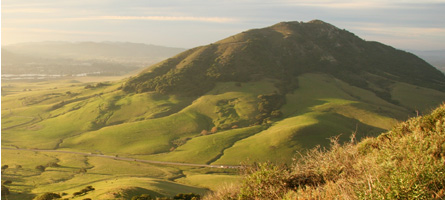 George Lucas’s great foray into affordable housing is wrong for Marin, wrong for affordable housing, and wrong for the people that would live there. The Grady Ranch development plan needs to be scrapped.
George Lucas’s great foray into affordable housing is wrong for Marin, wrong for affordable housing, and wrong for the people that would live there. The Grady Ranch development plan needs to be scrapped.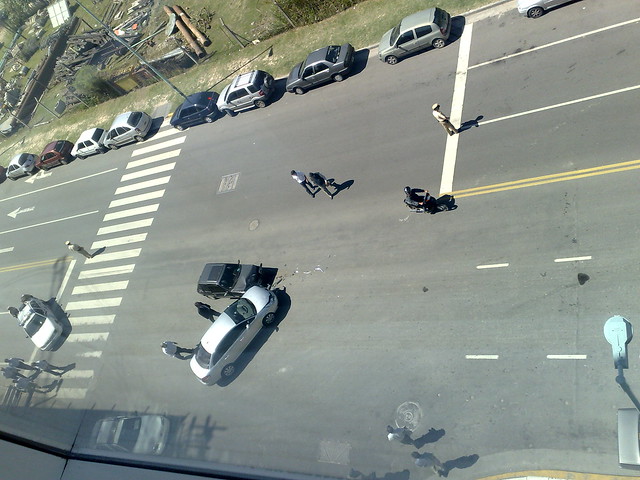

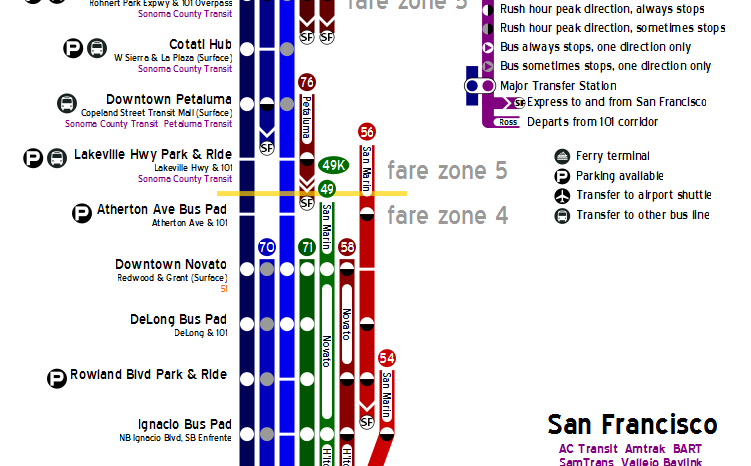





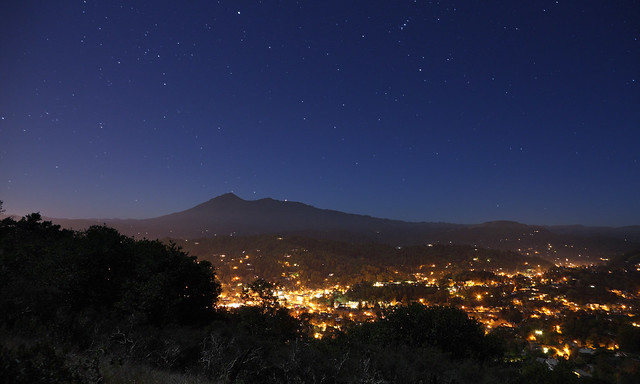
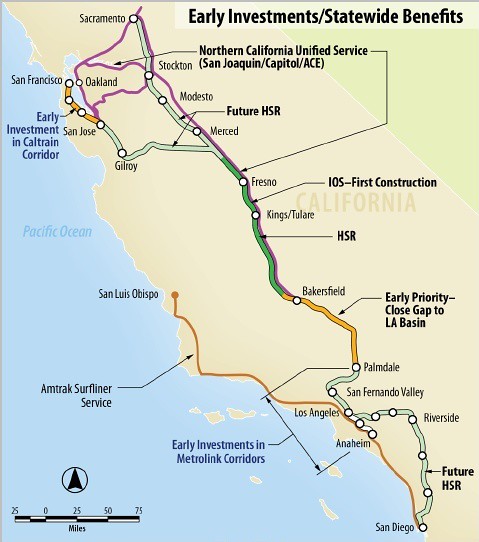
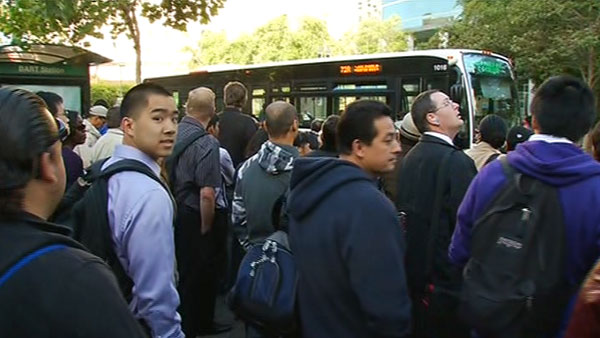
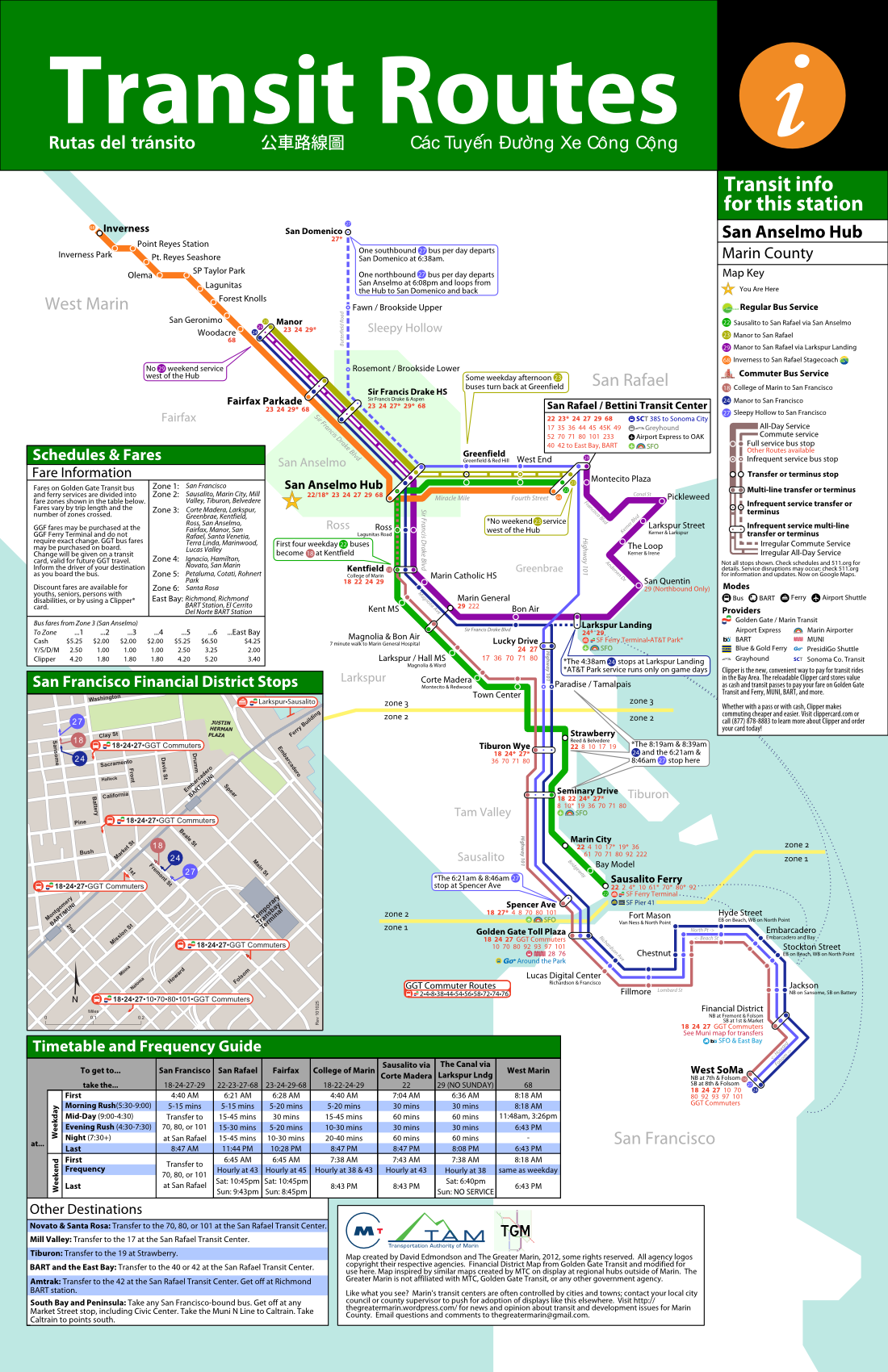

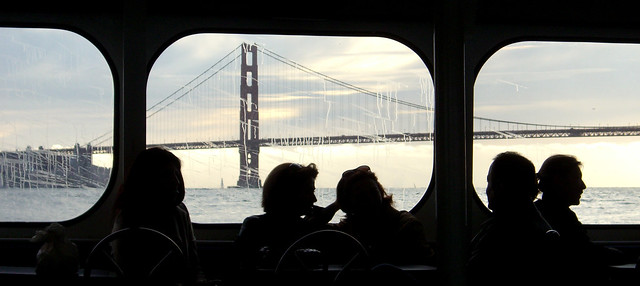
 There’s an old saying: “Think local, act global.” It’s a pithy reminder that everything we do, from our brand of toilet paper to how we structure our cities, effects everyone else.
I think someone forgot to tell Corte Madera that.
There’s an old saying: “Think local, act global.” It’s a pithy reminder that everything we do, from our brand of toilet paper to how we structure our cities, effects everyone else.
I think someone forgot to tell Corte Madera that.
